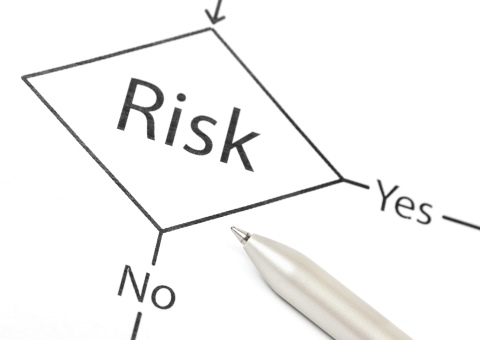What is Experience Modification Rate (EMR), and How Does it Impact Prequalification?
August 21st 2020
- Compliance

The experience modification rate or EMR strongly impacts a large spectrum of industries. Insurance companies use the number to assess the cost of injuries and future risks. Lowering your EMR is important, as you can greatly reduce the amount you pay for workers’ compensation coverage.
Across the board, the industry average for EMRs stands at 1.0. If that number spikes, the reason is simple. Your company has filed one or more workers’ compensation claims. When this happens, your insurer raises your insurance premium to mitigate risk. Unfortunately, your EMR remains at the assessed rate for three years.
Calculating EMR
To calculate an EMR, you have to divide your payroll by 100 for your job classification and then by a specific class rate, designated by the National Council on Compensation Insurance or NCCI. The class rate, for example, is higher for ironworkers, as this is a riskier job class than the class rate for a category, such as “accountant.”
When figuring the EMR, insurance analysts review the claims history of companies in specific industries. If your industry shows a higher rate for injuries, it is reasonable to conclude that the rate will be higher in the future as well.
Major Points to Consider
- Basically, your insurance company reviews your company’s claims for three years, ending 12 months before your current policy’s expiration date. For instance, if you ask for a premium quote for a policy that expires January 1, 2022, the retro plan reviews claims made during 2018, 2019, and 2020.
- Also – keep the following in mind. The NCCI has instituted a formula that considers the percentage of anticipated losses in your particular industry and compares these losses with what your business has already incurred.
- In addition, the NCCI considers how often losses occurred and their severity. For instance, if your company suffered one major loss, you will not have to pay as much for workers’ compensation coverage as you will for several small losses. Why? Because insurance statisticians consider smaller losses as a projection that your company will experience bigger losses in the future.
After the above calculations are made, your EMR is multiplied by your insurance policy’s premium rate to get the premium amount. This rate is assessed before applying any credits or discounts. Therefore, the goal is to strive for an EMR that is .99 or lower – something that can be a challenge for certain industries.
Remember – A minor difference in your EMR can also mean a big difference in what your pay for coverage. For example, if you have an EMR of 1.2 and your competitor’s EMR is 1.0, you will pay about 20% more for insurance. In turn, you will also have to pass on that increase to your customers.
How does EMR Impact Prequalification?
Many hiring clients also look to EMR as a way to assess risk, and this metric can be a significant factor for them when selecting vendors and contractors. EMR is almost always a required field when prequalifying through third-auditor platforms such as Avetta®, BROWZ®, *ISNetworld®, PEC®, Veriforce® and others, and a good number will help ensure successful qualification.
How Can You Lower Your EMR?
Don’t despair if your EMR is too high. While you cannot completely stop injuries in the workplace, you can manage any injuries that happen by establishing a safety plan that will keep employees more aware of compliance. To save money and attract more business, you need to focus on lowering your EMR. Doing so will give you an edge professionally and financially.
What do you think? Have you implemented a safety program that has reduced injuries and has lowered your EMR?
If you need help, consider partnering with a safety and compliance specialist. Safety Services Company has helped thousands of customers reduce risk by improving their workplace safety programs, and we’d be happy to answer your questions.
Learn more about how we can help you manage EMR and other safety statistics through the prequalification process – Compliance Services
*Safety Services Company is an independently-owned company. Safety Services Company is in no way endorsed, sponsored, approved by, or otherwise affiliated with ISNetworld®. ISN®, ISNetworld®, RAVS®, T-RAVS™ and MSQ™ are trademarks or registered trademarks of ISN Software Corporation